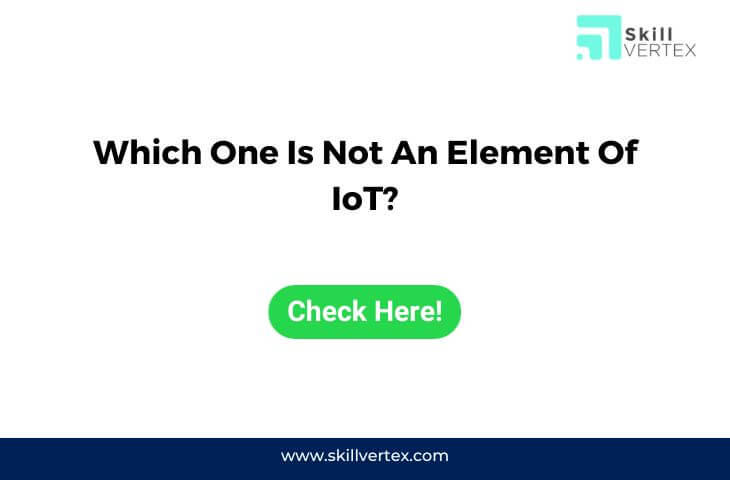IoT devices are typically designed to communicate and transmit data over a network without the constant need for direct human intervention. These devices are often sensor-equipped and can interact with other devices or systems autonomously. However, the classification of what is considered an IoT device can be more nuanced.
Products such as desktops, laptops, smartphones, TVs, and DVD players, can be considered “smart” or “connected” devices in certain contexts, but they are not usually categorized as typical IoT devices. This is because they are primarily designed for human interaction and often require direct human input for their primary functions. While they can connect to the internet or other networks, they do not fit the IoT paradigm as closely as dedicated IoT devices, which are primarily focused on collecting and transmitting data from the environment.
IoT devices are typically purpose-built for specific applications, such as environmental monitoring, industrial automation, smart home systems, and more. These devices are often low-power, sensor-equipped, and designed to work in the background, collecting and transmitting data without constant human intervention.
It’s important to note that the lines between traditional devices and IoT devices can sometimes blur as technology evolves. Some consumer devices, like smart TVs and thermostats, have IoT-like capabilities, and the definitions and categorizations can vary based on context and industry standards. However, the core concept of IoT involves devices that are primarily focused on autonomous data collection and communication, with the potential for applications beyond traditional human interaction.
Hello, I’m Hridhya Manoj. I’m passionate about technology and its ever-evolving landscape. With a deep love for writing and a curious mind, I enjoy translating complex concepts into understandable, engaging content. Let’s explore the world of tech together

